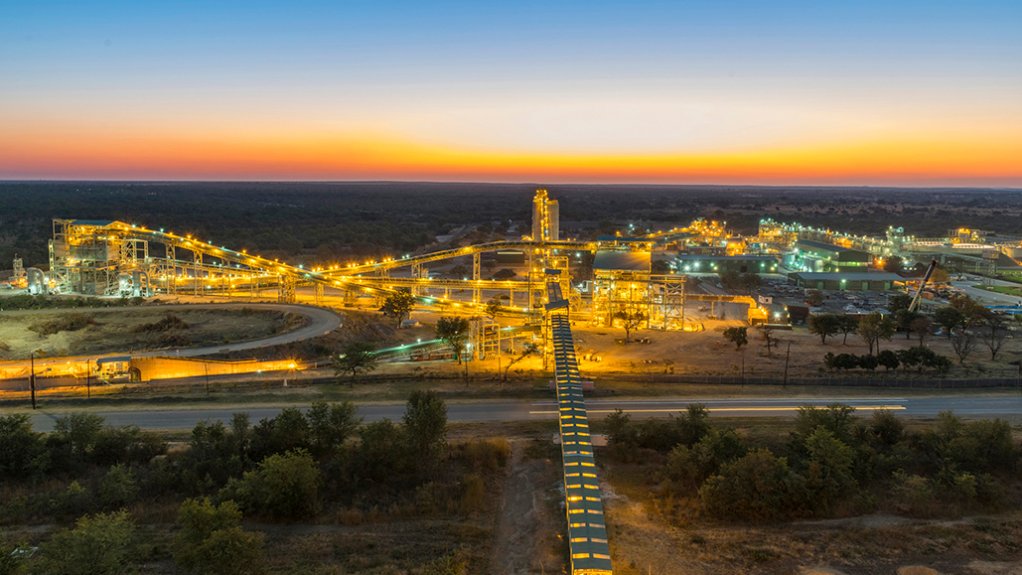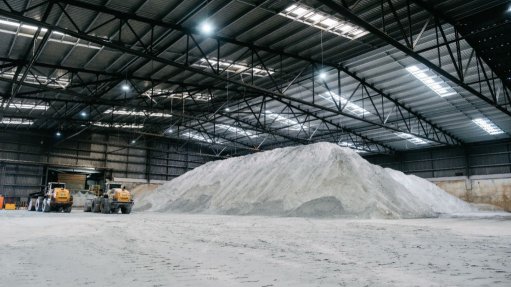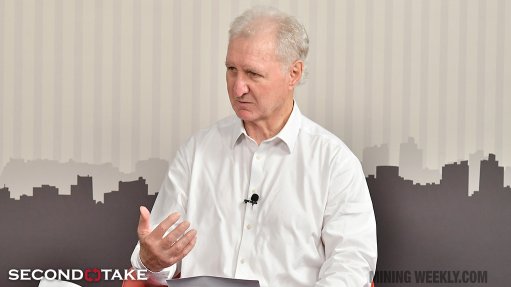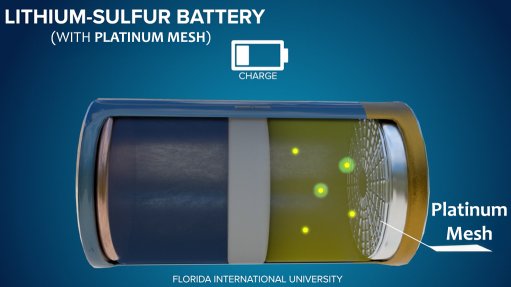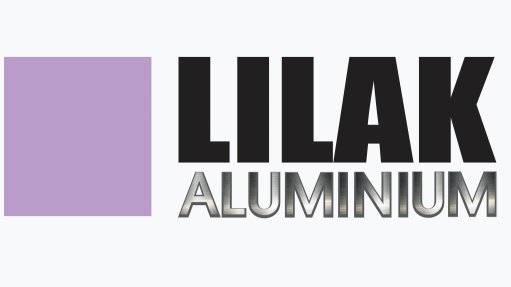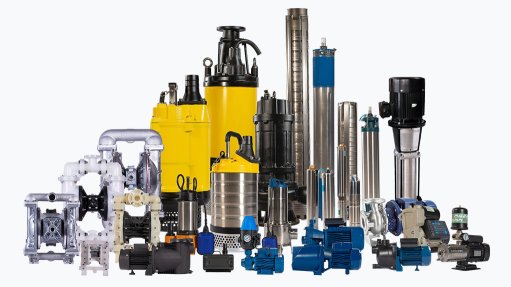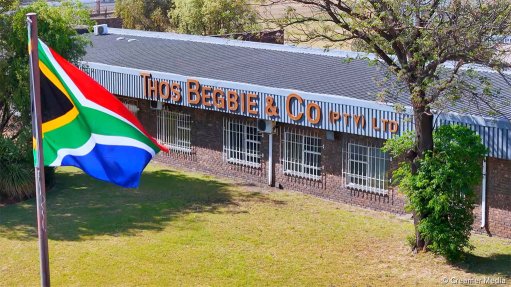Zimplats says cheapest source of electricity is its own
For platinum group metals (PGMs) miner Zimplats, generating its own energy is far more cost-effective than buying power from local suppliers or importing it from across the border, CEO Alex Mhembere has said.
Speaking on the company’s energy strategy at the London Indaba on June 25, in London, he stated that importing power offered little advantage over local procurement owing to escalating domestic tariffs.
He noted that the local authority had consistently increased electricity rates, resulting in domestic power becoming more expensive than imported electricity and significantly costlier than Zimplats’ own-generated energy.
He explained that the company’s investment in solar energy, which has five planned phases, with the first phase already completed, had played a key role in cost management and power security.
“We have invested in solar energy. We commissioned our projects in October last year and they are now generating and contributing power to us at a fraction of the cost of buying it from other providers,” he said.
Currently, Zimplats buys power from Zambia at $0.12/kWh, while the local utility charges $0.60/kWh. In comparison, self-generation costs the company just $0.03/kWh. Mhembere said this made internal power production a logical and cost-effective choice.
He also emphasised the importance of managing stakeholder relationships effectively, particularly with government, which he described as the largest stakeholder in the economy.
“We have to find common ground. We have to make them hear us and understand us, and understand what drives our business,” he said.
While acknowledging that the company and government may not always communicate the same message, he stressed the responsibility of the private sector to engage constructively and seek official support to maintain operational viability.
Mhembere confirmed that Zimplats maintained regular engagement with government stakeholders and consistently advocated for greater support of the mining industry, specifically the PGM sector.
“There are some things that they may not appreciate. They may just see this as an investor wanting to maximise money. But in any case, we maximise development of the country, and we actually maximise benefits to the ordinary people,” he said.
He pointed out that mining operations were typically located in rural and underdeveloped areas rather than urban centres. In these regions, mining companies acted as development agents.
Mhembere said Zimplats’ impact extended beyond its shareholders, significantly affecting the communities in which it operated. He reiterated that the company played a developmental role for all stakeholders, with particular emphasis on surrounding communities.
Mhembere said Zimplats had long understood that essential business functions could not be outsourced. This approach had prompted the company to assume responsibility for ensuring access to critical utilities, such as electricity. In instances where Zimplats lacked internal capacity to develop infrastructure, it actively sought external sources to meet its needs.
He noted that, for the past decade, the company had imported electricity directly from Mozambique to supply its operations. In addition to energy sourcing, Zimplats had also built roads to connect operational sites and streamline the delivery of finished products.
In recent years, the company had increased its intake from Zambia and established a 330 kV substation at its facilities. This infrastructure enabled Zimplats to draw power directly from any international source as needed.
Mhembere said investments in such infrastructure were vital to the company’s success.
“In Zimbabwe, you don’t necessarily have to wait for government to do it, because then it will not happen in time for your own business. So we take charge and we work around it,” he said.
Article Enquiry
Email Article
Save Article
Feedback
To advertise email advertising@creamermedia.co.za or click here
Press Office
Announcements
What's On
Subscribe to improve your user experience...
Option 1 (equivalent of R125 a month):
Receive a weekly copy of Creamer Media's Engineering News & Mining Weekly magazine
(print copy for those in South Africa and e-magazine for those outside of South Africa)
Receive daily email newsletters
Access to full search results
Access archive of magazine back copies
Access to Projects in Progress
Access to ONE Research Report of your choice in PDF format
Option 2 (equivalent of R375 a month):
All benefits from Option 1
PLUS
Access to Creamer Media's Research Channel Africa for ALL Research Reports, in PDF format, on various industrial and mining sectors
including Electricity; Water; Energy Transition; Hydrogen; Roads, Rail and Ports; Coal; Gold; Platinum; Battery Metals; etc.
Already a subscriber?
Forgotten your password?
Receive weekly copy of Creamer Media's Engineering News & Mining Weekly magazine (print copy for those in South Africa and e-magazine for those outside of South Africa)
➕
Recieve daily email newsletters
➕
Access to full search results
➕
Access archive of magazine back copies
➕
Access to Projects in Progress
➕
Access to ONE Research Report of your choice in PDF format
RESEARCH CHANNEL AFRICA
R4500 (equivalent of R375 a month)
SUBSCRIBEAll benefits from Option 1
➕
Access to Creamer Media's Research Channel Africa for ALL Research Reports on various industrial and mining sectors, in PDF format, including on:
Electricity
➕
Water
➕
Energy Transition
➕
Hydrogen
➕
Roads, Rail and Ports
➕
Coal
➕
Gold
➕
Platinum
➕
Battery Metals
➕
etc.
Receive all benefits from Option 1 or Option 2 delivered to numerous people at your company
➕
Multiple User names and Passwords for simultaneous log-ins
➕
Intranet integration access to all in your organisation



